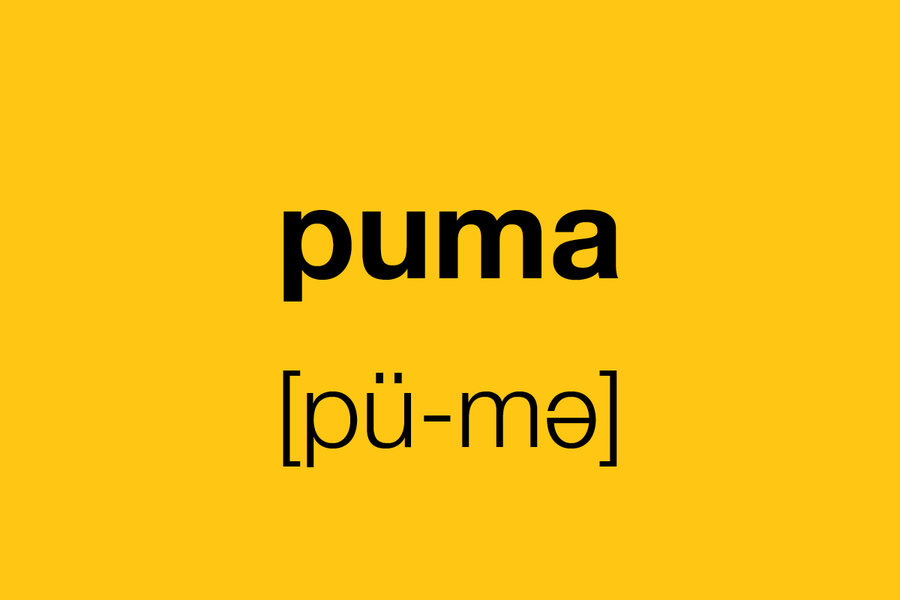Panther, puma, cougar: All names for the same cat
Loading...
My family and I were in Florida recently and we saw road signs warning of “panther crossing.” My son imagined panthers stalking the swamps. I thought maybe they were mountain lions. We looked it up online and discovered that the Florida panther is “a North American cougar,” or maybe a “puma.” We started to wonder – how many large cats are roaming the country?
It turns out that there is only one species, Puma concolor, but it has lots of names. In fact, it holds the title recognized by Guinness World Records for “mammal which has the highest number of different names” – over 40 in English alone. Wolves once roamed from coast to coast, and they are “wolves” in Portland, Oregon, and “wolves” in Portland, Maine. Puma concolor, though, is called “catamount” in Vermont, “cougar” in the Northwest, and everything from “painter” to “mountain screamer” in between.
There seem to be two main reasons for this proliferation. In contrast to the wolf, Puma concolor is a New World animal, found only in the Americas. Wolves were once common across Europe and Asia too – wolf is in fact one of the oldest words in English, deriving from the Proto-Germanic *wulfaz. When English-speaking Colonists arrived and encountered Canis lupus, they knew what it was: a “wolf.” They were completely unfamiliar with Puma concolor, though, so they compared it to the big cats they knew. It became known variously as the “red tiger,” the “American lion,” “Indian panther,” “tiger tail,” and so on.
Other times Colonists adopted an Indigenous name for the creature. It was called púma in Quechua, the language of the Inca Empire. Spanish colonizers used this name for the strange cat, and it spread to English by the 18th century. Cougar arrived in English in 1774 as a French version of a Portuguese word that derived from an Indigenous language.
The cat was often given a name based on its behavior or habitat. “Mountain lion” and “catamount” (“cat of the mountains”) refer to it living in high, rocky areas; it’s sometimes called “swamp cat” in boggier places. “Mountain screamer” makes a lot of sense – you can hear on YouTube that these cats really do scream.
The extent of their range and their solitary ways have also contributed to the wealth of names for them. They are found from British Columbia to the tip of South America, in mountains, swamps, forests, and the hills of Los Angeles. Most people will never see one in the wild, though. It would be natural to assume that a mysterious tawny cat living high in the Rockies is a different species from one living in the Brazilian rainforest, but they are all Puma concolor.





